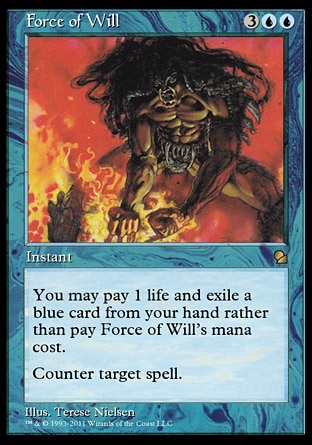I like the work Blitz Esports Overwatch does on YouTube in breaking down tactical scenarios, including a look at how Team Korea’s Widowmaker influenced the Hanamura map win against Team Canada. But I disagree with the slant of their take, which seems to indicate that Team Korea’s bait was pre-meditated and intentional. To my eyes, it looked opportunistic. That is, Canada got baited, but Korea did not really go out of their way to arrange or force a bait scenario…they were just quick to capitalize when it appeared. Let’s check out the tactics breakdown, then go into the critique:
The first signs that Korea did not specifically use Widowmaker as bait have to do with the response to the Winston dive on Widowmaker at 1:23. First, Widowmaker when trying to escape actually runs into the corner…she was positioned to peek the angle for headshots, rather than being fully prepped for a bait and run. In response to the Winston leap, D.Va boosts to protect Widow, as is her job, but there was no guarantee that the Winston she pushed would necessarily be in a position to be shoved out the window, though it was good to go for the chance once it arose. Further, the Widow uses her hook to escape at the same time that Winston gets pushed, and didn’t have sight on her reinforcing D.Va until the hook was already cast. These factors make it look to me like Widow was trying to protect herself without expectation of backup.
Then at 1:46, when Widowmaker and Tracer have an inconclusive duel, Widow of course looks for an opportunity to escape as soon as possible. It’s true that the resulting escape leaves Tracer baited and alone outside the point and away from the main fight, but Tracer is advantaged in that 1v1 scenario that appeared before Widow’s hook came back off of cooldown. That’s not a situation a Widow looks to get into intentionally. She missed her shots on the Tracer upstairs beforehand, and ends up in a close range 1v1 against her outside…not a favored situation! It’s lucky for her that she stayed alive long enough to pull herself back up to the ledge.
So there are (at least) four factors that indicate that Team Korea did not premeditate to arrange the baits on Winston and Tracer. First, Widow not being positioned to escape the leap immediately, second the Widow jumping out the window just as her support knocks the monkey outside, third the fortune needed in the timing to knock the monkey out the window, and fourth the unfavorable nature of a close range 1v1 with Tracer that Widow happens to survive. I want to reiterate Blitz Esports Overwatch does really good work, and I love to check it out. Their analysis of the importance of these baits is largely correct, but the slant is slightly off.
Team Canada got baited, but Team Korea did not purposefully “use Widowmaker as bait.”
